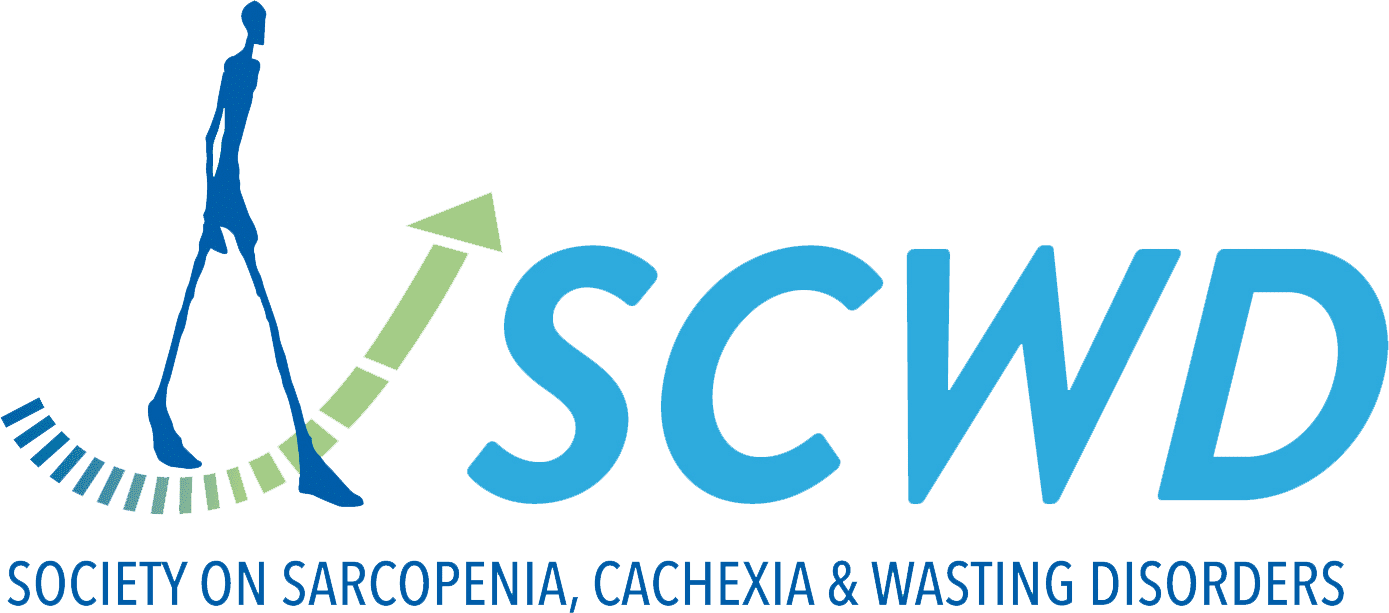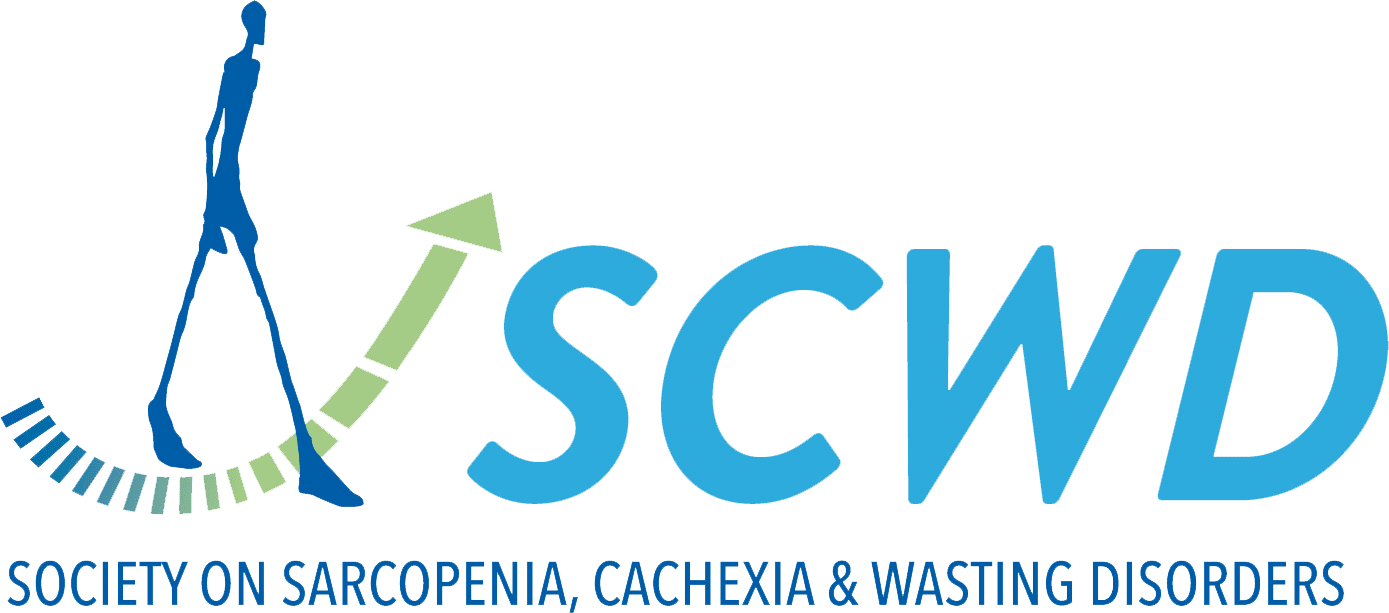👤 Authors: Cynthia Bézier, Steve Cottin, Parvin Nazari Hashemi, Mirella El Khoury, Zoé Clerc, Christine Balducci, Delphine Sapaly, Laure Weill, René Lafont, Stanislas Veillet, Pierre J Dilda, Frédéric Charbonnier, Mathilde Latil, Olivier Biondi
Drug Candidate BIO101 for Spinal Muscular Atrophy as Monotherapy or Combined With the Antisense Oligonucleotide ASO-10-27.
<p><b>BACKGROUND</b></p><p>Spinal muscular atrophy (SMA) is a neuromuscular disease caused by loss of survival of motor neuron (SMN) protein inducing progressive muscle weakness and atrophy due to motor neurons degeneration. Despite benefits of SMN restoration therapies in patients, motor defects are still persistent.
We investigated the potential of BIO101, a new drug candidate promoting muscle growth by activating the protective arm of the renin-angiotensin system through the MAS receptor, as monotherapy or in combination with the SMN-based therapy ASO-10-27 (Nusinersen).</p><p><b>METHODS</b></p><p>BIO101 was administrated daily on severe or mild Taiwanese SMA mouse models or diluted in culture medium of SMA patient-derived myoblasts. The BIO101 effects were evaluated on severe SMA mouse model in vivo (growth, survival and motor function), ex vivo (motor neuron, neuromuscular junction maturation, skeletal muscle phenotype) and on muscle SMN expression, while motor function effects were evaluated on mild SMA mouse model.
The in vitro effects on proliferation, differentiation, metabolism and SMN expression of SMA patient-derived myoblasts were analysed. Effects of the combination of BIO101 with ASO-10-27 were evaluated on severe SMA mouse model, in vivo and on tissular intracellular AKT signalling and SMN expression.</p><p><b>RESULTS</b></p><p>In severe SMA mice, BIO101 alone protected lateral motor neurons (+20%, p < 0.05), limited muscular atrophy (+30%, p < 0.01), accelerated maturation of muscular fibres (+70% for fast-twitch muscles) and neuromuscular junctions (+50% of perforated clustering, p < 0.05) with more prominent effects on fast-twitch muscles.
Those adaptations led to an improvement of muscular function, significant at 7, 9 and 10 days post-natal (+2-fold for crossed squares and time of suspension, p < 0.01), which was also observed in mild SMA mice at 8 and 9 months of age (p < 0.01). Interestingly, BIO101 treatment also improved SMA patient-derived myoblast differentiation (+20% myotube diameter and nuclei/myotube, p < 0.05) and anaerobic performances (ECAR, + 10%; p ≤ 0.05) without any impact on the proliferative state and aerobic capacities through MAS receptor activation.
All BIO101 effects were independent of SMN protein expression. When combined with the ASO-10-27, BIO101 enhanced even more muscle resistance to fatigue (> 3-fold over 27 days for time of suspension, p < 0.05) when compared with severe SMA mice treated with ASO-10-27 alone, without effects on survival through the activation of AKT intracellular pathway and independently of SMN protein expression.</p><p><b>CONCLUSIONS</b></p><p>We showed that BIO101 constitutes an efficient SMN-independent therapy to improve muscle performance in SMA, which could open new therapeutic avenues for patients in combination with SMN-based therapies, or as monotherapy for less severe forms.</p>


